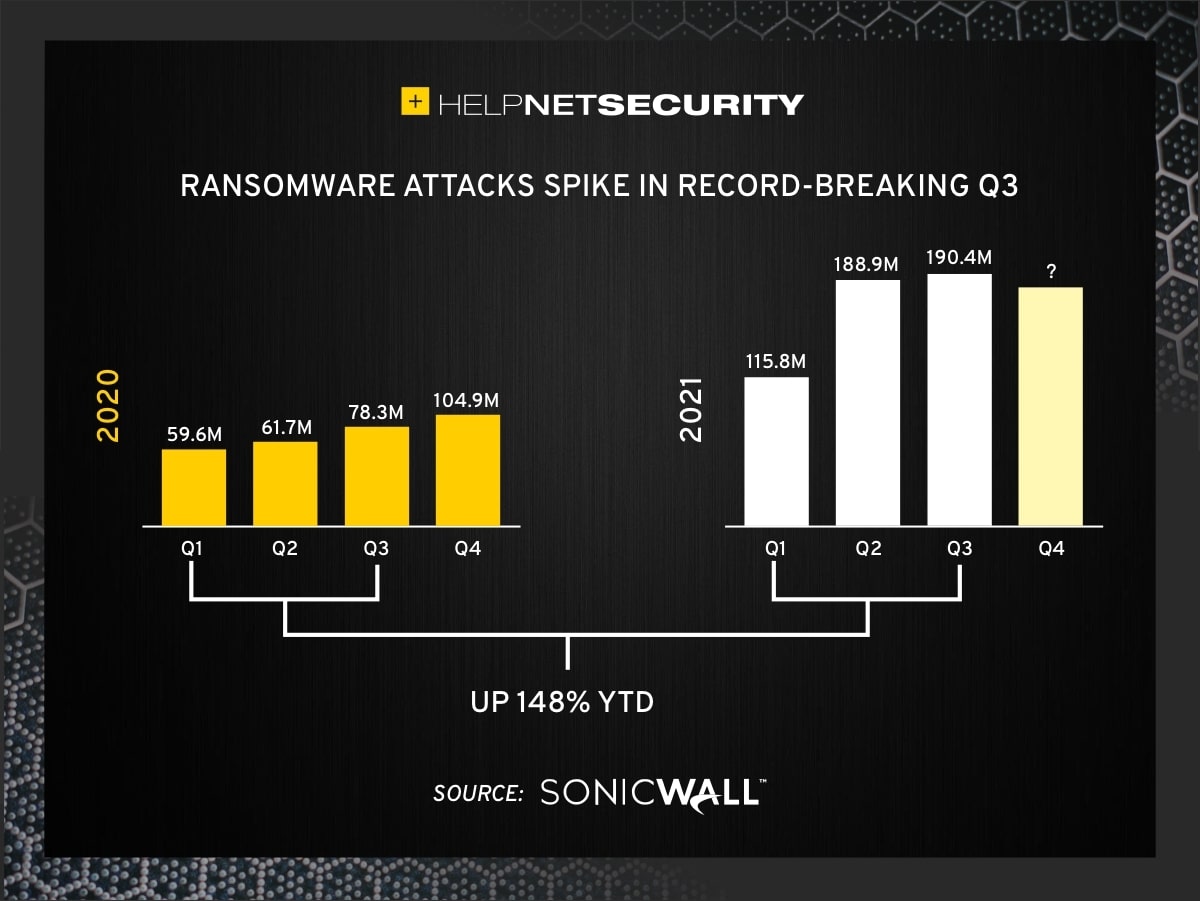Cybersecurity Weekly: SharePoint Breach, Spyware, IoT Hijacks, and More

Cybersecurity Weekly: SharePoint Breach, Spyware, IoT Hijacks, and More
This week in cybersecurity, we've seen a flurry of activity ranging from sophisticated state-sponsored attacks to sneaky spyware campaigns. Let's dive into the key incidents that made headlines, offering a concise overview of the threats and their potential impact.
![Top Known Data Breaches of 2022 [Timeline + Infographic]](https://venngage-wordpress.s3.amazonaws.com/uploads/2022/09/data-breach-2022-template-preview-1536x994.png)
Top Known Data Breaches of 2022 [Timeline + Infographic] - Venngage
SharePoint Breach Exploited by Chinese Hackers
A significant breach involving Microsoft SharePoint has been attributed to Chinese threat actors. These hackers exploited security vulnerabilities to target numerous organizations, including the US nuclear weapons agency. CISA (Cybersecurity and Infrastructure Security Agency) issued an urgent directive for patching these vulnerabilities to mitigate the risk. This incident underscores the importance of promptly applying security updates and highlights the persistent threat posed by state-sponsored cyberattacks.
Spyware Campaigns on the Rise
Spyware continues to be a prevalent threat, with various campaigns targeting different platforms and objectives. Recent reports detail the emergence of macOS spyware, as well as the Coyote malware variant, which specifically targets banking credentials in Brazil. Additionally, the LAMEHUG malware, linked to APT28, is being used in phishing campaigns against Ukrainian government officials, leveraging LLMs (Large Language Models) for data harvesting. These diverse spyware tactics demonstrate the adaptability and persistence of cybercriminals in their pursuit of sensitive information.
IoT Devices Under Hijack
The Internet of Things (IoT) landscape remains a vulnerable target, with recent incidents highlighting the potential for widespread hijacks. A new eSIM vulnerability in Kigen eUICC cards exposes billions of IoT devices to malicious attacks. Furthermore, a tech enthusiast demonstrated how easily a smart washing machine could be hacked, exposing IoT vulnerabilities. These examples underscore the urgent need for manufacturers and users to prioritize security in connected devices, including implementing strong passwords and regularly updating firmware.
DPRK Fraud and Crypto Drains
North Korea (DPRK) continues to engage in illicit activities to generate revenue, including sophisticated cyber fraud and cryptocurrency theft. While specific details from this week's recap are limited, it's part of an ongoing trend. These activities often involve complex schemes and advanced techniques to evade detection and attribution. The funds obtained are believed to support the country's weapons programs and other activities.
Key Takeaways
- Stay vigilant and promptly apply security patches to address known vulnerabilities.
- Implement strong passwords and multi-factor authentication to protect against unauthorized access.
- Be cautious of phishing emails and suspicious links.
- Monitor IoT devices for unusual activity and update firmware regularly.
- Stay informed about the latest cybersecurity threats and trends.
References
- The Hacker News Weekly Recap
- CISA Orders Urgent Patching After Chinese Hackers Exploit SharePoint Flaws
- US nuclear weapons agency 'among 400 organisations breached' in SharePoint hack
- New Coyote Malware Variant Exploits Windows UI Automation to Steal Banking Credentials
- CERT-UA Discovers LAMEHUG Malware Linked to APT28, Using LLM for Phishing Campaign
- eSIM Vulnerability in eUICC Cards Exposes Billions of IoT Devices to Malicious Attacks
- Tech Enthusiast Hacks Smart Washing Machine, Exposes IoT Vulnerabilities
- Feature Image: Data Breach Illustration





